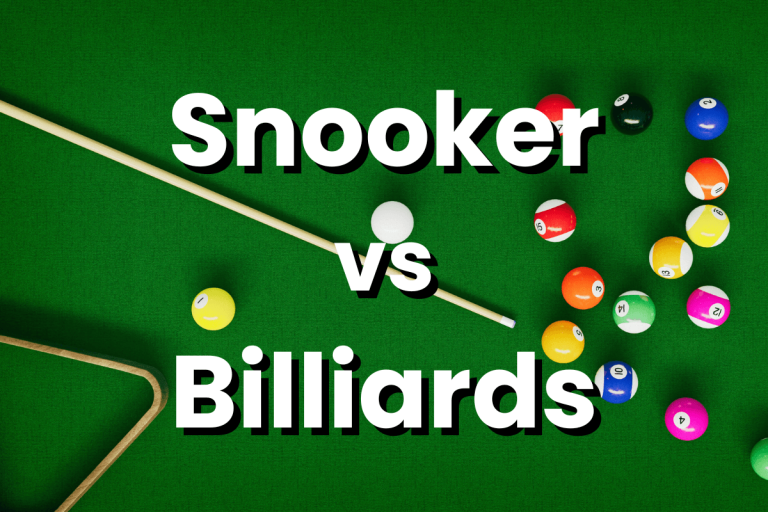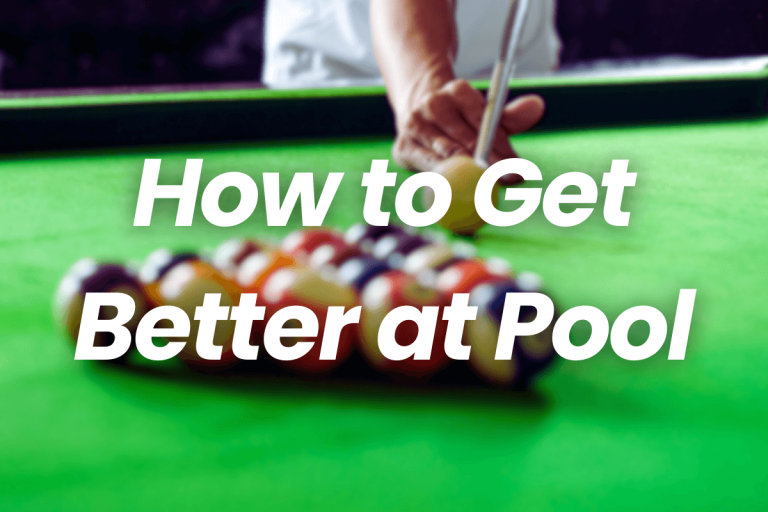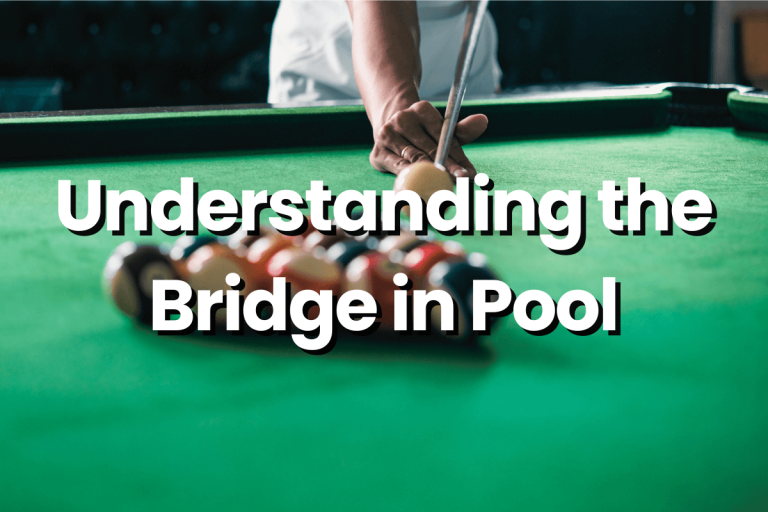How To Replace Pool Cue Tip with Easy Steps (2024)
Replacing a pool cue tip is a relatively simple task, but it’s important to do it right. If you don’t replace your tip properly, it can affect your game in several ways. It can make it difficult to control the cue ball, it can cause miscues, and it can even damage your cue shaft. In this guide, we’ll navigate through the straightforward yet vital process of how to replace pool cue tips, ensuring your beloved cue remains in top-notch condition. Let’s dive into the details
What is A Pool Cue Tip?
A pool cue tip is the small, usually rounded piece at the very end of a pool cue (the stick used in cue sports like pool, snooker, and billiards). It’s super important because it’s the part that touches the cue ball when you take a shot. The tip helps you control the ball, whether you’re trying to hit it straight, add some spin, or use different speeds. It’s like the pen of a writer; without it, the cue can’t “write” beautiful shots on the pool table! So, taking care of it, and knowing when and how to replace it, is key to keeping your game sharp.
what is a pool cue tip made of?
The pool cue tip is commonly crafted from various types of leather. Pig, cow, and even kangaroo leather are popular choices due to their durability and ability to grip the cue ball effectively. Sometimes, you’ll also find tips made from artificial materials, designed to mimic the properties of genuine leather. In the intricate world of pool, players often choose a tip that aligns with their play style; softer tips for enhanced spin and feel, or harder tips for powerful breaks and jumps. In essence, the material of a cue tip plays a vital role in defining the subtleties and strengths of every shot you make on the pool table!
How To Replace Pool Cue Tip
Replacing a pool cue you’ll need a razor blade or sharp knife, sandpaper or a cue-tip sander, glue, and a cue-tip shaper. With these easy steps and handy tools, you’ll have your cue feeling brand new and ready to pot balls with precision!
Let’s explore how to do it step by step
Remove the Worn-Out Tip: You’ll start by carefully taking off the old tip. You might use a razor blade or a sharp knife for this. But remember, be gentle! We don’t want to damage the ferrule (that’s the part directly under the tip).
- Clean the Ferrule: Now, ensure that the top of the Ferrule is clean and smooth. A piece of fine-grit sandpaper or a cue tip sander can be used to lightly sand the surface, ensuring no leftover glue or bits of the old tip remain.
- Prepare the Cue Tip: Get your new cue tip ready! Some folks like to slightly roughen the bottom side of it (the side that will stick to the ferrule) with a bit of sandpaper. This can help the glue adhere better, giving your tip a nice, strong bond with the cue.
- Place the Tip with Glue at the Center of the Ferrule: Place a small amount of glue at the center of the Ferrule and then gently place your new tip on top, ensuring it’s perfectly centered. Be sure it’s aligned right because a misaligned tip can throw off your shots!
- Let the Glue Dry: Allow some time for the glue to dry. This might vary depending on the type of glue you’re using, so it’s best to check the instructions on the bottle. Patience is key here – let it set properly to ensure a secure fit!
- Shape the Cue Tip: Last step! Now, gently shape the tip. A cue tip shaper or a piece of fine-grit sandpaper will work for this. Shape it to a nice dome-like curve for optimal contact with the cue ball.
how to maintain a pool cue tip
Maintaining your pool cue tip is like taking care of a tiny, important friend who helps you win your pool games! First, keep an eye on its shape. A well-shaped tip should have a nice, rounded dome that helps you hit the ball just right. You can use a tip shaper or a bit of sandpaper to gently shape it and keep it curved.
Secondly, avoid miscues (hitting the ball wrongly) as it can damage the tip. Also, it’s good to keep it clean! Gently brush off any chalk or debris after your games to keep it in good playing condition. Lastly, remember to replace it when needed. If it gets too flat, hard, or just doesn’t feel right when you play, it might be time for a new tip. And hey, now you know how to replace it! So, with a little care and attention, your cue tip (and therefore, your game) will stay sharp and accurate on the pool table!
Conclusion
Your pool cue tip is your secret weapon for cue ball mastery. Knowing the signs that it’s time for a replacement empowers you to stay on top of your game. Whether you choose to take a DIY approach or seek professional cue repair, a fresh tip can breathe new life into your cue. With expert tips for long-lasting care, your cue tip will be ready to deliver precision and spin for countless games to come. So, fellow cue warriors, equip yourselves with these invaluable insights, and let’s embark on a journey of perfect shots and exhilarating victories!
FAQs
Q1: How often should I replace my pool cue tip?
A1: How frequently you should replace your cue tip can depend on several factors, such as how often you play and the quality of the tip itself. Frequent players or professionals might replace their tips several times a year, while casual players might only need a new tip every few years. Always keep an eye on the tip’s shape and feel, and replace it if you notice it’s getting flat, or hard, or if it’s not holding chalk well.
Q2: Can I reshape my pool cue tip instead of replacing it?
A2: Yes, reshaping your pool cue tip is a common practice and can often extend its lifespan! Using a cue tip shaper or fine-grit sandpaper, gently shape the tip to maintain its rounded dome. However, if the tip becomes too thin, hard, or starts to misshape significantly, it’s probably time for a replacement to ensure optimal play quality.
Q3: How do I know which size or type of tip to buy for replacement?
A3: Pool cue tips come in various sizes and types, typically ranging from 11mm to 14mm in diameter. To find the right size, measure the diameter of your cue’s ferrule. As for type, tips are available in different materials and hardness levels (soft, medium, hard). Soft tips provide more spin but wear out faster, while hard tips offer durability and are great for power shots. Choose a tip that aligns with your playing style and preferences!







